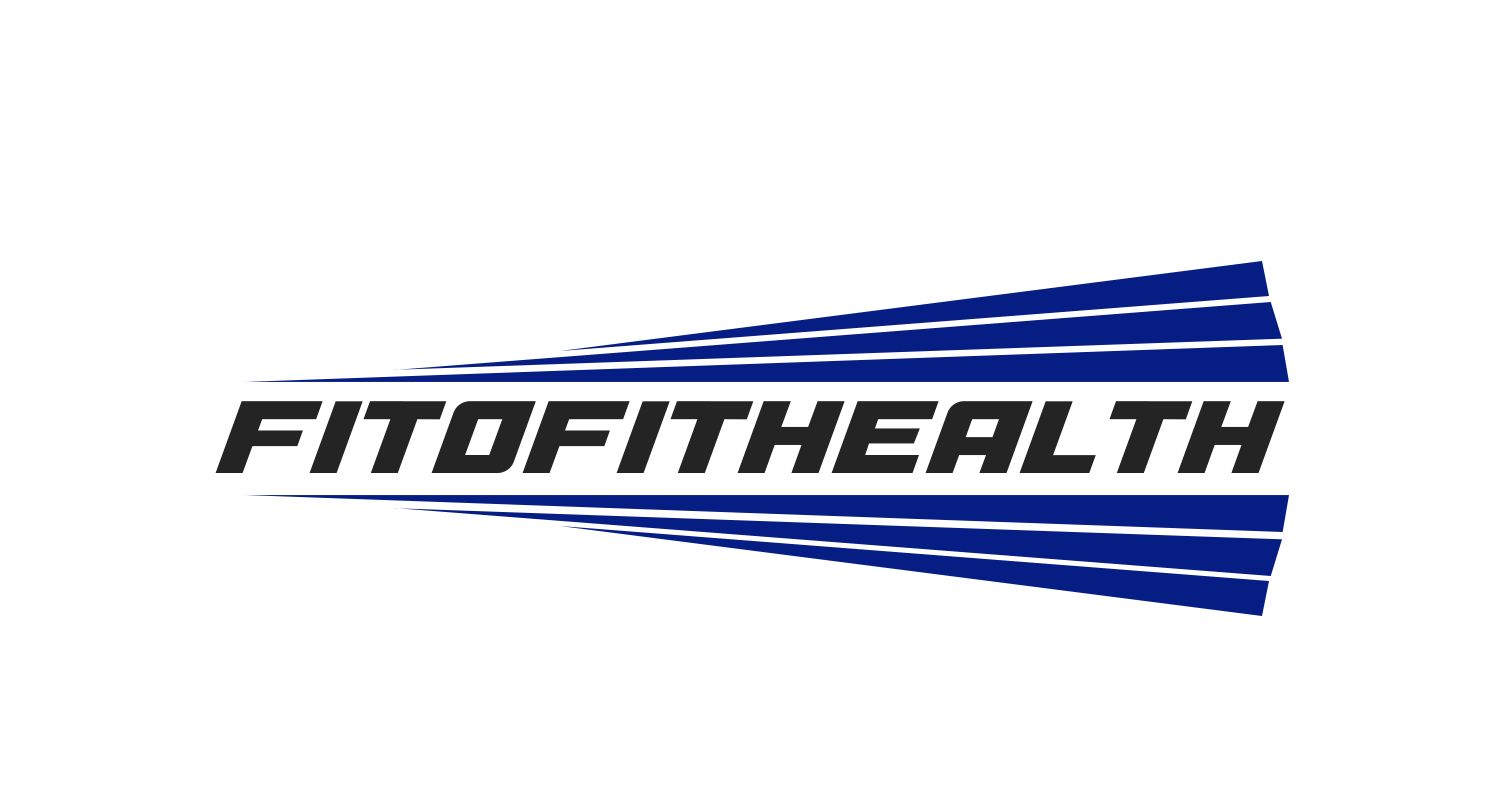Radiology is the branch of modern medicine concerning with imaging techniques for the diagnosis and treatment of various diseases. It changed the way of providing treatments for diseases because before the emergence of modern imaging techniques, it was very hard to pinpoint the cause of health issues. The method of medical imaging continues to evolve with advents of technologies and various medical techniques.
As we look into the future of Radiology, we can notice some key trends and innovations that might set new and amazing turns for the imaging technologies. These changes are the foundation of making some remarkable innovations in the future of radiology, for transforming the area improving patient care, therapeutic results, and diagnostic precision.
Technological Advancements in Medical Imaging:
AI and Machine Learning:
Radiology is about to change because of AI, which will make it possible to analyze huge amounts of imaging data quickly and accurately. Best radiology Queens may benefit from the use of artificial intelligence algorithms in detecting abnormalities, predicting disease progression, and personalizing treatment plans based on individual patient data. Machine learning models are being developed to improve image interpretation, reduce mistakes and streamline workflows.
Quantitative Imaging and Radiomics:
It includes quantitative imaging that involves numerical extraction from medical images that objectively characterizes tissue properties or monitors disease progression. Within Radiomics, a subfield of quantitative imaging, sophisticated computational approaches are applied to explore textures, shapes as well as patterns within images revealing the biology behind them. These techniques can be useful for precision medicine involving identification of biomarkers and prediction of treatment response.
3D and 4D Imaging:
With technological advancements in imaging, 2D imaging is evolving into three-dimensional (3D) and even four-dimensional (4D) scanning. A detailed anatomical view from multiple angles can be obtained using 3D imaging technology that enables better surgical planning with improved accuracy. It shows it is the pinnacle of Radiology as it provides live representation by incorporating time as a fourth dimension on human dynamic processes such as blood flow or organ movements thereby providing direction to functional changes regarding treatment approach over time.
Clinical applications of medical imaging:
Personalized Medicine:
Radiology is currently making advancements in the direction of personalized medicine with AI and quantitative imaging. These progressions in Radiology can assist in optimizing outcomes and reducing adverse effects by tailoring therapy with patient-specific data, using imaging biomarkers and predictive models.
Interventional Radiology:
These include minimally invasive procedures guided by fluoroscopy, CT or MRI that have led to expansion of IR techniques. Compared to traditional surgical alternatives, less risk, shorter recovery times and greater precision are associated with IR interventions with Radiology Queens making them ideal for a wide spectrum of diseases.
Point of care imaging:
Portable and handheld imaging devices are increasingly available enabling bedside or remote location imaging. Rapid diagnosis and treatment decisions occur due to these devices especially when there is no time for delay in emergency as well as critical care settings.
Finding the best radiology center in Queens is important if you need to take advantage of newest technologies in modern radiology. EMU Health is one of the remarkable places with best imaging technology and a dedicated patient care unit. Whether you want to have an MRI or an X-ray imaging, EMU Health is the best place to find the ideal care.


